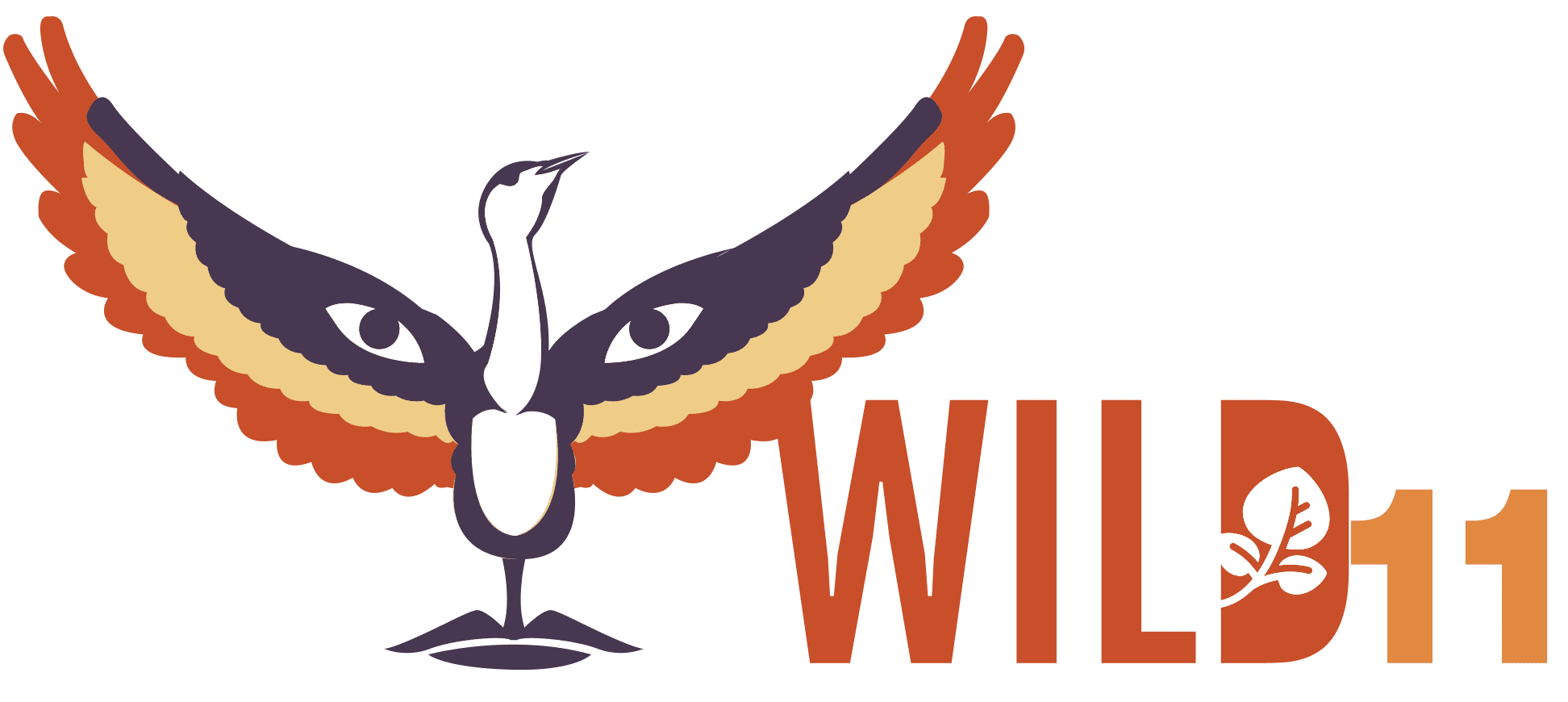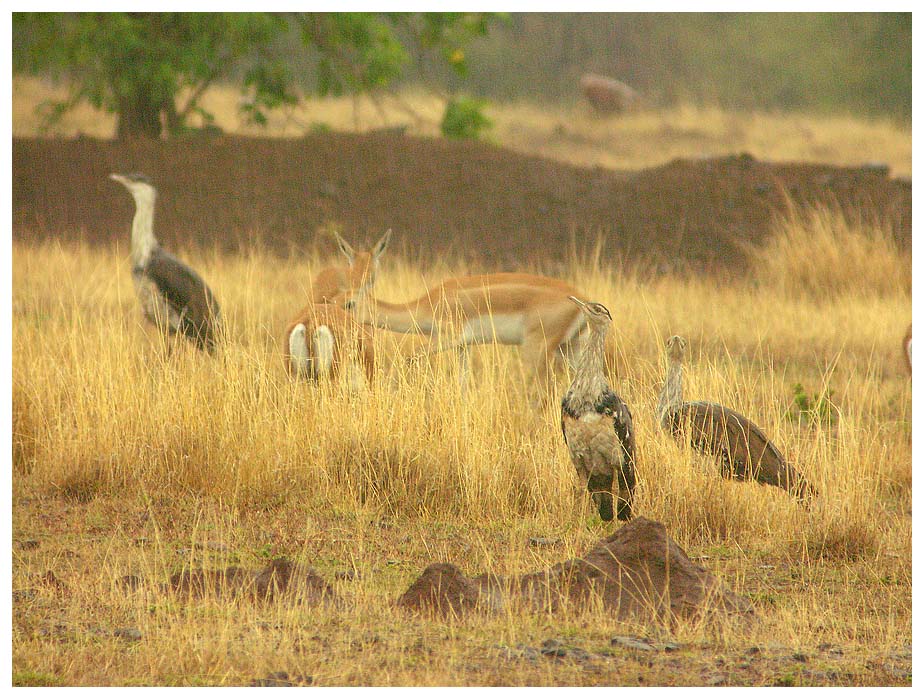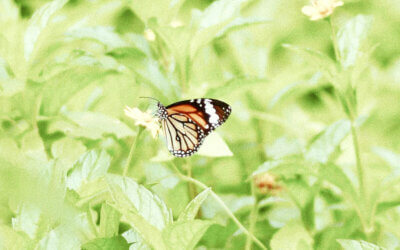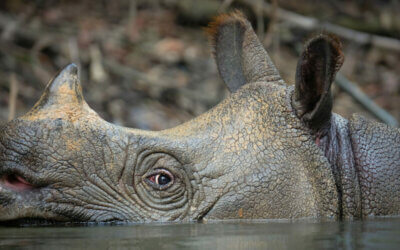Notorious G.I.B.
Once, the Great Indian Bustard was an impressive sight throughout India and Pakistan. Standing around a meter tall, and one of the heaviest birds capable of taking flight, it commanded the attention of all who beheld it. It’s magnificence and ubiquity landed it as a finalist to be the national bird of India (the Peacock won). Now, it is on the brink extinction.
The Great Indian Bustard thrives in dry grasslands. These large open spaces provide the room these large birds need to land and take off. They are also cause of their decline. Unfortunately for wildlife, the Indian government has designated deserts and grasslands as wastelands and encouraged their development. This resulting buildup has decreased the Great Indian Bustard’s habitat, while electrical power lines accompanying new developments interfere with their take off and landing patterns.
The decrease in the GIB is part of a larger trend that also affects India’s various species of vultures. By some estimates, vulture populations have decreased between 97% and 99.9% from 1992 to 2007. Despite the gruesome image of vultures, they serve an invaluable ecological function. By cleaning carcasses quickly and efficiently, they prevent the spread of disease and other contagions caused by decaying animals. Without vultures, there is greater risk to other wildlife and humans. 1
Photo by: Madhukar B V CC BY-SA 4.0
Despite conservation efforts, today only around 150 of these birds are left in the wild. One of the largest remaining flocks of Great Indian Bustards lives in Rajasthan, where it is also the state bird. There’s still time to preserve the habitat that remains and give this magnificent bird the space it needs to thrive.
The Great Indian Bustard may have been passed over as India’s nation bird, but we’ll give it the reverence it has long been due. We have chosen it to symbolize WILD11 which will be held in Rajasthan, India. Given its cultural importance to the state of Rajasthan, its steep decline in recent decades, and the fact that we still have time to save it, the Great Indian Bustard is the perfect representative for biodiversity loss.

Read Next
A Reflection by Timothy Hass, WILD’s Trustee
I know that for many people, venturing into wilderness areas is a very important element for health and balance in their lives. I feel this as well, but also, for me, the nature directly around me is equally important.
Tech & Tradition – Q&A with Ruari Bradburn, Chief Technology Officer at Langland Conservation
“Tech & Tradition” delves into the evolving landscape of conservation, exploring the synergy between traditional wisdom and technological innovation.
Mentors Making a Difference: Phoebe and David’s Journey with CoalitionWILD
At CoalitionWILD, we believe in the power of mentorship and the transformative impact it can have on the lives of young conservationists. Here, we shine a spotlight on two exceptional repeat mentors, Phoebe Barnard and David Manski, who have been actively involved in our Global Mentorship Program. Their dedication, wisdom, and passion for conservation have inspired and guided numerous young professionals on their journey to become future leaders in the field.
 BECOME A MEMBER
BECOME A MEMBER
Join the WILD tribe today!






0 Comments